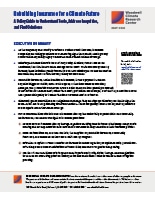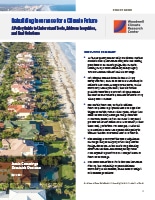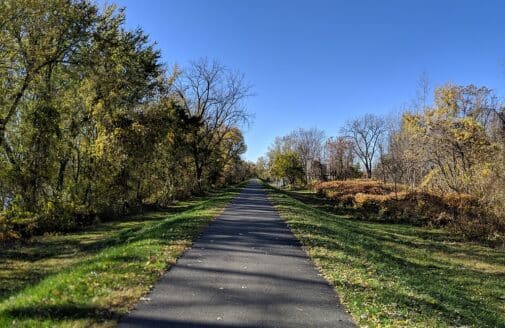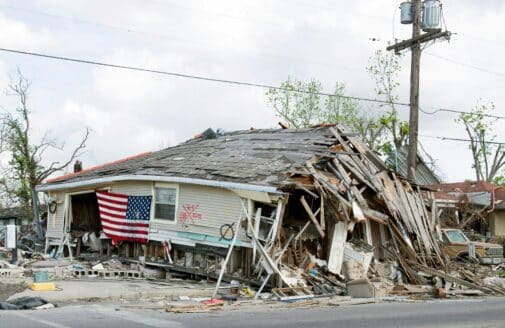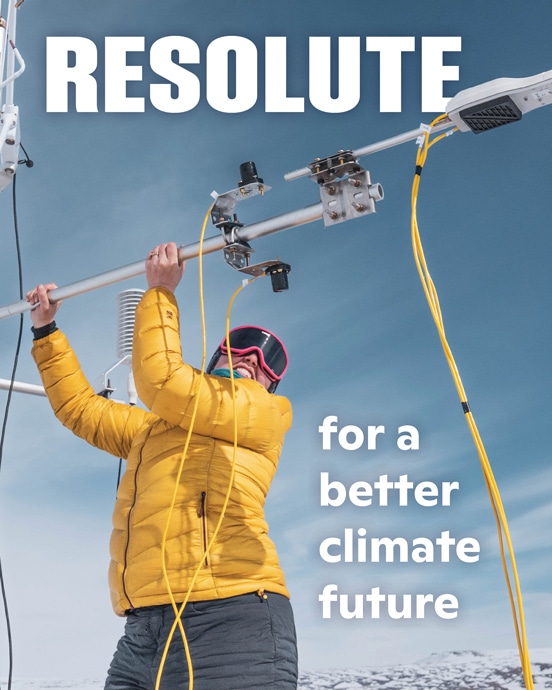Rebuilding insurance for a climate future
A policy guide to understand tools, address inequities, and find solutions
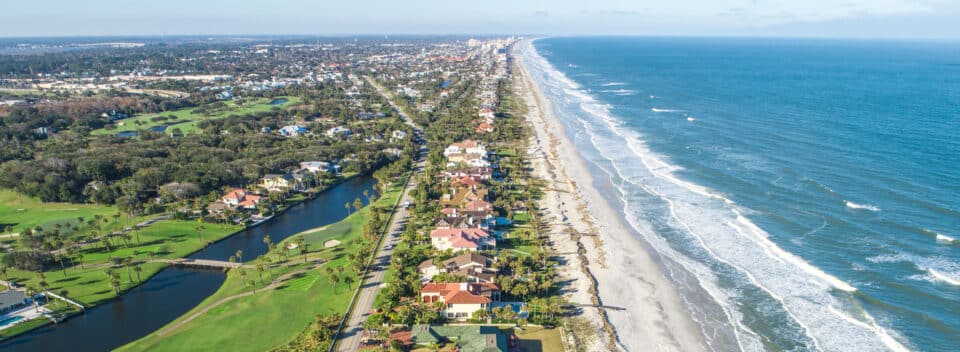
Aerial view of Ponte Vedra Beach in Jacksonville, Florida.
photo by Trace Rouda
Executive Summary
- As the frequency and severity of extreme weather events increase, insurance companies are raising premiums or abandoning high-risk markets, leaving many communities–especially highly vulnerable ones–without reliable coverage.
- Catastrophe models simulate rare but very costly disasters, such as floods and hurricanes, to estimate how much damage would occur. While commonly used by insurers, there is limited public information on how catastrophe models are created and validated, and loss estimates vary widely across models.
- Parametric insurance, unlike traditional insurance, issues a payment based on a specific trigger or metric, such as wind speed, rather than assessed monetary damages. The parametric framework offers a faster and more transparent process but is best suited for balance sheet, rather than asset, protection. For example, a hotel hit by a hurricane could use a parametric policy to transfer the risk of revenue loss to an insurer.
- Disadvantaged communities face a heightened challenge: they are disproportionately located in high-risk areas—often due to long-standing structural barriers—and consequently suffer from expensive premiums or a complete lack of insurance coverage.
- Our recommendations aim to increase insurance literacy, the availability of parametric and community-led insurance, and federal oversight of insurance premiums.
- Grow consumer insurance literacy through regulators enacting rules to increase the transparency of rate making and develop educational resources for consumers to fully understand their insurance policies.
- Increase incentives for, and research into, the adoption of parametric insurance, community insurance, and means-based insurance assistance by Congress.
- Establish an Optional Federal Charter for insurers to reduce regulatory compliance costs, prevent non-actuarially sound cross-subsidization between states, and allow for greater risk pooling.
- Create a standard national catastrophe model, in partnership with states, through federal legislation to be used for evaluating private catastrophe models and insurers’ rates as well as hazard mitigation planning.
Research area




